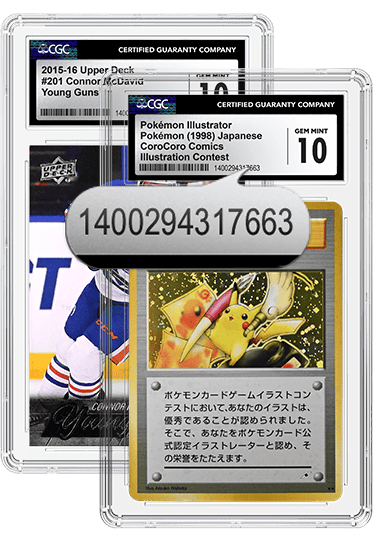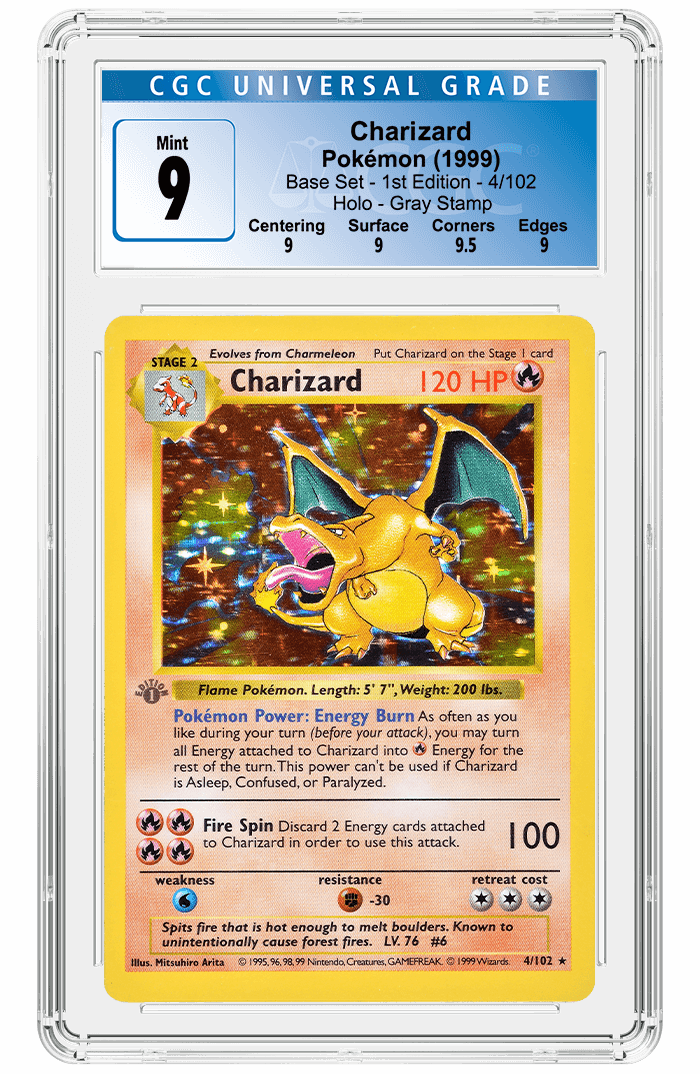Counterfeit Card Alert: 1940 R335 Play Ball #168 Honus Wagner
Posted on 11/7/2023
Honus Wagner is synonymous with one of the most valuable baseball cards ever produced. Certain examples of the Flying Dutchman's 1909-11 T206 card have at times had the distinction of being the most expensive card in the world. Therefore, it is no surprise that many of Wagner's vintage cards are altered or counterfeited in an attempt to profit off of them. That was the case with this post-career card of the Hall of Famer: a 1940 R335 Play Ball #168 Honus Wagner.
Upon inspection of the 1940 Play Ball #168, it was determined that the cardstock had been artificially aged and intentionally damaged to make it appear vintage, among other issues. While many pre-war baseball cards do show their age, counterfeiters will attempt to replicate the aging process using various techniques.
Taking a closer look, the proof is in the print. The front and back of the card should be printed with solid black ink, but that is not the case with counterfeit versions. For example, looking at the name and borders on the front of an authentic card from this set, zoomed-in images show solid black ink without any white spaces.
 |
|
| Close-up view of the front an authentic card from the 1940 R335 Play Ball set. | |
However, a close-up of the front of the fake Wagner card shows a much different ink pattern. The name and borders on this counterfeit example are not solid like the authentic cards. Each area is instead comprised of dots, with plenty of white space showing through the black ink. This gives the card its pixelated look when you zoom in on areas that should be consistently solid.
 |
|
| Close-up view of the front of the counterfeit 1940 R335 Play Ball Honus Wagner card. | |
A close-up of the back of the Wagner card shows more of the same issue. When looking at the iconic shortstop's bio and Gum, Inc. branding at the bottom, the same dots are clearly visible. This is especially noticeable in the largest text on the back, which reads "Play Ball." When zoomed in, it is obvious that the card was produced using print dots instead of solid black ink.
 |
|
| Close-up view of the back of the counterfeit 1940 R335 Play Ball Honus Wagner card. | |
Finally, the cardstock itself of the counterfeit example is incorrect. While the stock is similar in appearance to an authentic card, the stock used for this fake includes some OBA, or optical brightening agents, that should not be found on an original card from the 1940s. With each of these issues pinpointed, it is easy to determine that the Honus Wagner card in question is indeed a fake.
Education is the most important tool when collecting cards. The more collectors know about the printing and manufacturing process of cards, the fewer mistakes will be made when buying cards.
CGC Cards uses world-class expertise, advanced technology, innovation and operational excellence to provide sports card collectors and dealers with accurate and consistent certification services. CGC backs these determinations with the CGC Guarantee, which adds significant confidence, liquidity and value to the hobby. To learn more about CGC's industry-leading services, visit CGCcards.com.
Related Link:
Stay Informed
Want news like this delivered to your inbox once a month? Subscribe to the free CGC eNewsletter today!



